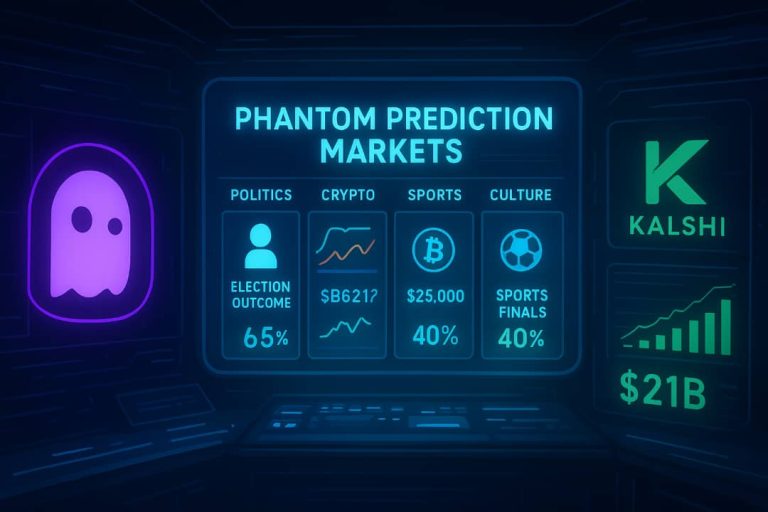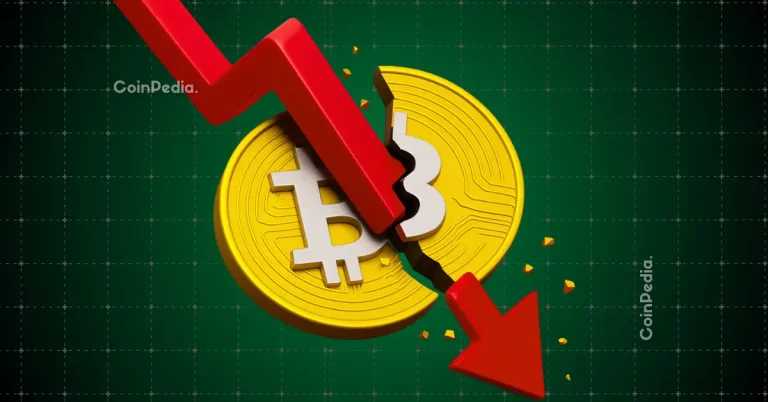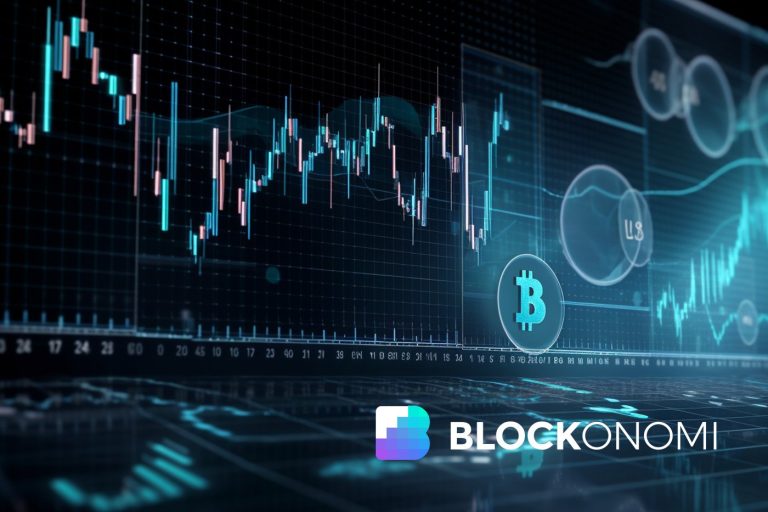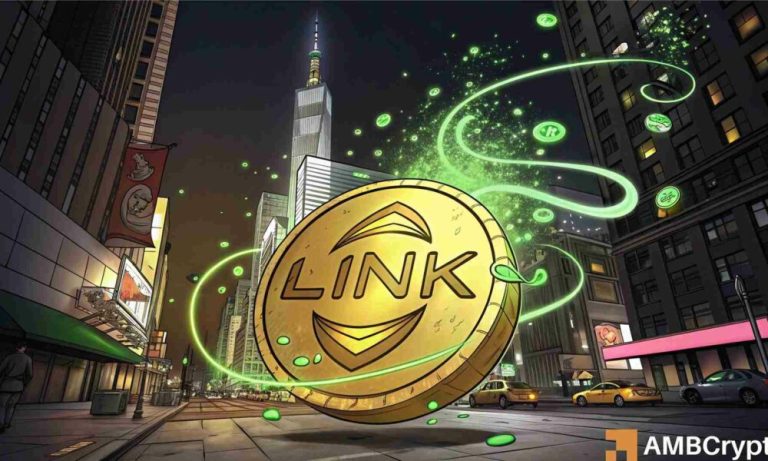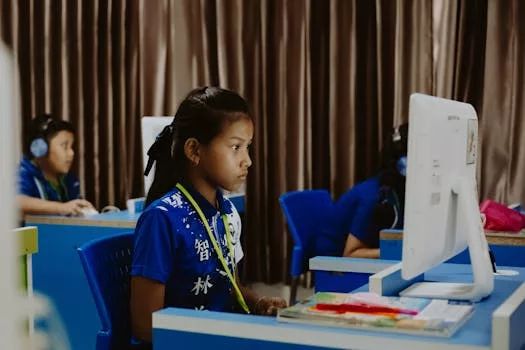
Digital Art Revolution: How Technology is Transforming Creativity
Takeaways: The digital art revolution is reshaping creativity, offering unprecedented tools and platforms for artists. From design software to NFTs and virtual reality, technology is expanding the horizons of artistic expression and accessibility.
In the current era, digital art is not just a niche; it has become a mainstream form of creative expression. The integration of technology into the art world has led to a transformation that artists and enthusiasts alike are embracing. This article delves into the ways technology is revolutionizing digital art, the tools available to artists, and the future of creativity in this digital age.
The Rise of Digital Art
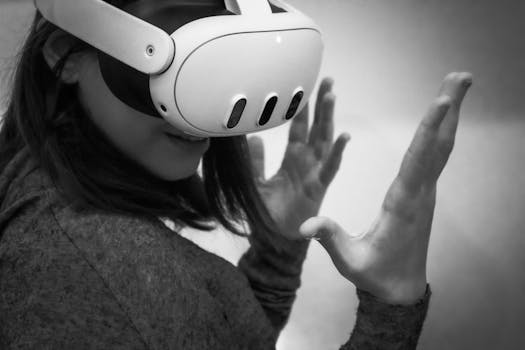
One significant factor contributing to the rise of digital art is the accessibility of technology. With affordable tablets, software like Adobe Creative Suite, and free tools like GIMP and Krita, aspiring artists can experiment and create without the high costs associated with traditional art materials. This democratization of art has led to a surge in creativity, as more individuals can express their ideas and passions through digital mediums.
Furthermore, social media platforms such as Instagram, DeviantArt, and TikTok have provided artists with a global audience, allowing them to share their work and connect with other creatives. The digital landscape has fostered a vibrant community where artists can collaborate, share techniques, and even sell their work.
Innovative Tools and Technologies
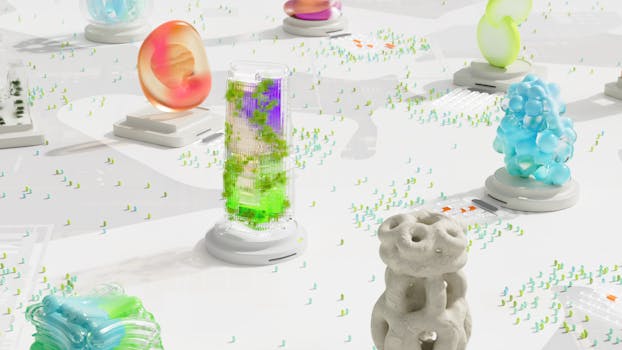
Moreover, the emergence of virtual reality (VR) and augmented reality (AR) is pushing the boundaries of how art is created and experienced. Artists can now immerse themselves in a 3D environment, sculpting and painting in ways that were once unimaginable. Platforms like Oculus Medium and Tilt Brush allow creators to engage with their work in a spatial context, opening up new avenues for artistic exploration.
NFTs, or non-fungible tokens, have also revolutionized the digital art landscape by allowing artists to tokenize their work and sell it on blockchain platforms. This innovation not only provides artists with a new revenue stream but also ensures that their work is protected and can be traced back to its creator. The explosion of the NFT market has captured the attention of both artists and collectors, creating a new form of art economy.
Challenges and Considerations
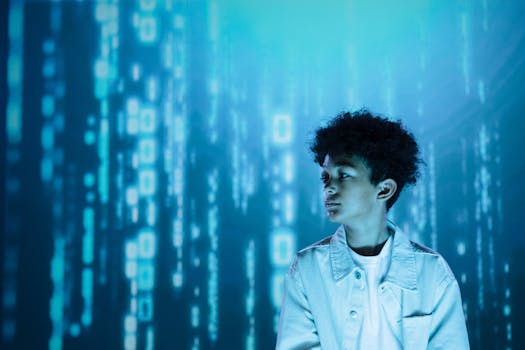
Moreover, the rapid growth of NFTs raises questions about copyright, ownership, and the environmental impact of blockchain technology. Artists must educate themselves about these issues to ensure their rights are protected and their practices are sustainable.
It is also essential for artists to understand the importance of building a personal brand and marketing their work effectively. In a digital age where attention is scarce, having a strong online presence can make a significant difference in reaching potential buyers and collaborators.
Conclusion

